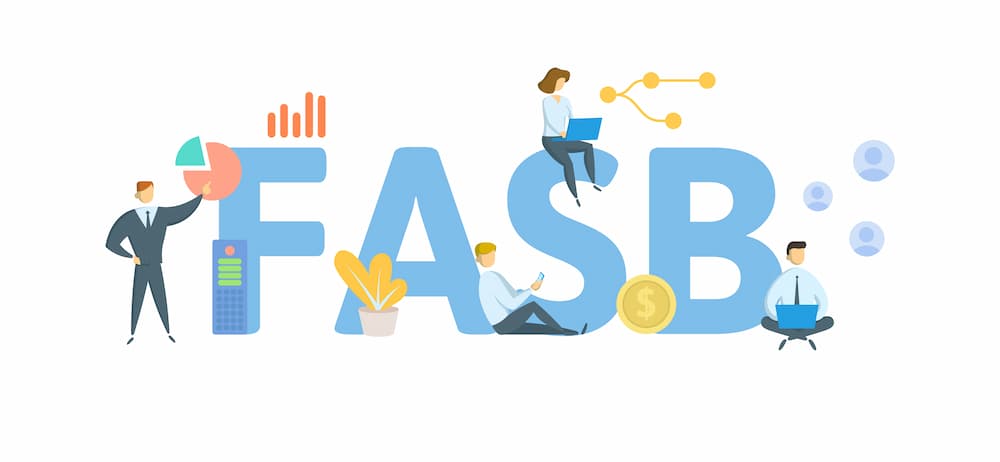Supervisory Insights (FIL-44-2018) included a lengthy discussion titled “
Credit Risk Grading Systems: Observations from a Horizontal Assessment”. Here’s a key quote from the FIL: “Institutions use credit risk grades to determine the appropriate level of the allowance for credit losses. Looking ahead, credit risk grading
could play a role as banks implement the CECL methodology.” I bolded the last part to draw attention to what is bouncing around in the heads of our fine regulators. Mind you, this is not guidance. But it is what they see well managed institutions doing to protect the assets of the bank. The take away is that examiners have increased scrutiny on the impact of credit stress to earnings and capital.
What is Credit Stress and Why is it Important?
Credit risk grading goes beyond credit checking. Some even say credit management should be deemphasized for credit stress analytics. It’s the practice of evaluating all variables of a loan, then changing those variables to determine how the loan impacts capital and earnings if things go sideways. Initially, it allows underwriters to stress test a loan before approval. Long-term, it means tracking the shifts in the variables and reevaluating the loan – playing “what-if” – thus giving risk managers a view into how they might hedge against worst case scenarios. We’re primarily talking about commercial real estate, construction, and C & I loans.
As Supervisory Insights notes, “There is no one correct system for grading loans…” Like most systems, bankers need to consider the size and complexity of their organization to determine what system, if any, should be used for their own purposes. Systems range from expert judgement – a highly subjective analysis of an individual loan – to quantitative credit stress analytic systems using loan level data,
like FIMAC CSA. Note that CECL requires banks to measure expected credit losses on financial assets.
Every bank is different and has access to different levels of data, whether top-down (loan category totals) or bottom-up (instrument level). Ideally, loan level information is used in a model, giving the analyst access to key variables beyond the FICO score. These include collateral type and location, the borrower’s industry sector, LTV, prepayment, and other data that, when changed, can influence the riskiness of a loan.
This article by Moody’s Analytics does a good job differentiating the top down and bottom up approaches. It might seem burdensome to collect loan level data, but banks using a core extract for their ALM system may already have most of the data needed. It’s possible that appending data to the ALM file will give the bank what it needs for the analysis. Further, many banks are asking their ALM system providers to include CECL forecasting in the ALM model. Now we have all three – ALM, CECL, and Credit Stress Analytics – coming together for a complete evaluation and ongoing analysis of the CRE, C&I and Commercial portfolios. (it’s said that residential mortgages are among the most difficult to model due to the many variables that influence the results, including unemployment, change in home value, and prepayment.)
Supervisory Insights concludes by saying there is no regulatory requirement that mandates the use of a credit stress system and, again, points out that each bank should evaluate its own needs by size and complexity. Naturally, as banks grow in size, they’re transitioning from the subjective evaluation to more quantitative and systematic analysis, with a dose of qualitative thrown in (there’s always room for some gut instinct!) Regardless of the level of complexity, there should be some thought process included in underwriting. We like to think it’s just good business practice and a condition for a good lending program.








